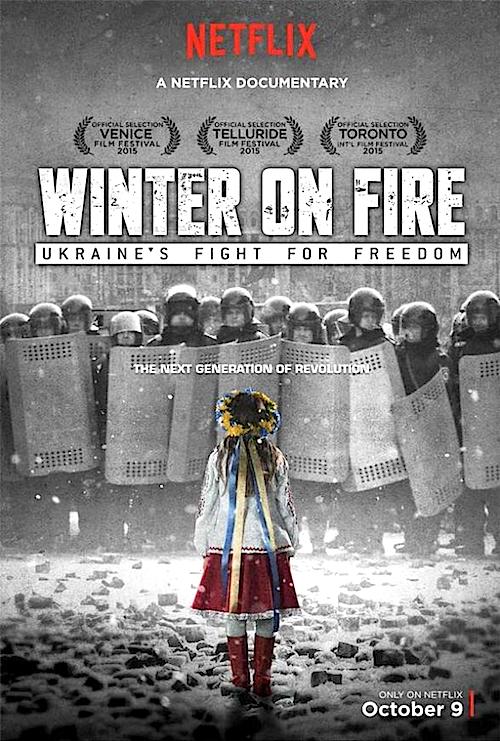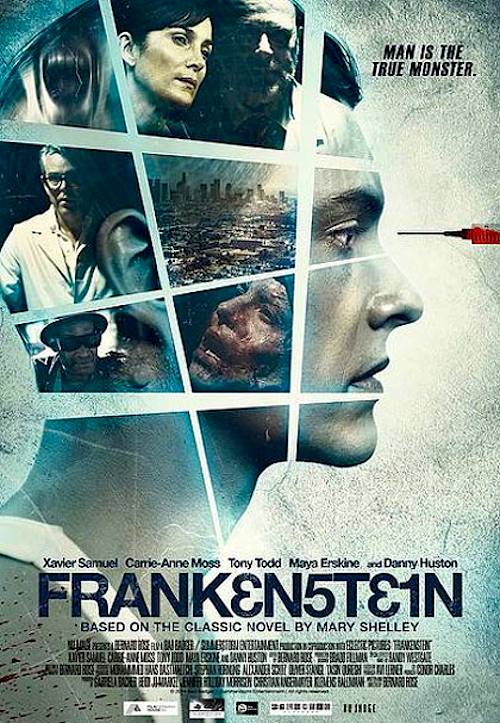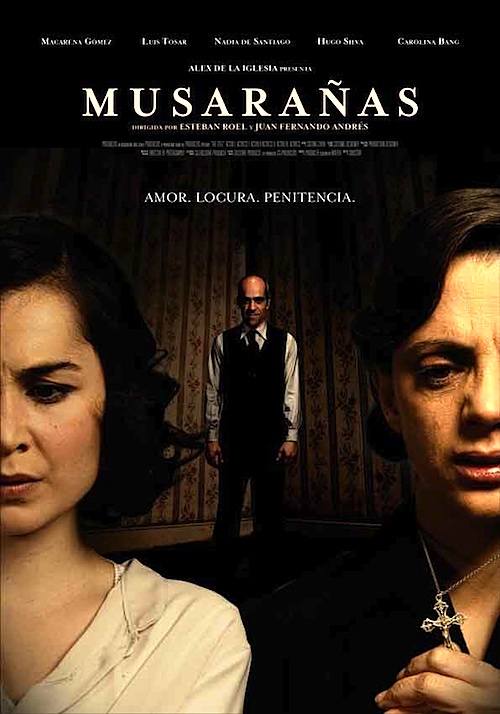By Joe Bendel. Thailand is one of the most tolerant Southeast Asian nations of same-sex relationships. They also have a long tradition of transgender acceptance, although redlight district stereotypes remain an issue. In 2005, the government lifted the ban on LGBT soldiers in the military. That sounds progressive, but Ek would have preferred the old, unenlightened system. As the primary support of his bratty younger brother, he cannot afford the honor of conscription. Nor can he bribe his way out, like his well-heeled boyfriend. Corruption rather than discrimination is the driving issue of Texas-born Josh Kim’s How to Win at Checkers (Every Time), Thailand’s official foreign language Oscar submission, which screens during the 2015 Hawaii International Film Festival.
The checkers-playing Ek and Oat were orphaned by their father’s untimely death, but they have each other. They also have a place to stay with their Aunt and her mischievous daughter Kwan, but she depends on Ek to cover the boys’ expenses. He is in a committed long-term relationship with his former classmate Jai, but if you think that is going to last, you haven’t seen very many social issue dramas. We can tell from the confusing framing device, something tragic will befall Ek, but an embittered Oat will survive and thrive.
The impending draft lottery looks like the destabilizing event. The stealthy Oat knows Jai’s parents have bought his way out of service, which means there will be one less black card in the hat for Ek to pick. If he pulls out red, it means two years fighting insurgents. Frankly, it is a bizarre ritual they presumably stage because of its ostensive transparency, but when the fix is in, everyone can tell.
 It is interesting to see a film with LGBT relationships front-and-center, in which sexuality is not an issue. Even the crooked old officers running the rigged lottery seem perfectly accepting of Ek and Jai’s transgender friend Kitty (perhaps unfortunately so). Things might not be perfect, but Thai society certainly appears healthier than fundamentalist Iran, which the Obama administration seems willing to make a nuclear power, or notoriously homophobic Cuba, which it can’t wait to normalize relations with. Yet, the administration has put the deep freeze on U.S.-Thai relations following the military coup and partial power-sharing arrangement.
It is interesting to see a film with LGBT relationships front-and-center, in which sexuality is not an issue. Even the crooked old officers running the rigged lottery seem perfectly accepting of Ek and Jai’s transgender friend Kitty (perhaps unfortunately so). Things might not be perfect, but Thai society certainly appears healthier than fundamentalist Iran, which the Obama administration seems willing to make a nuclear power, or notoriously homophobic Cuba, which it can’t wait to normalize relations with. Yet, the administration has put the deep freeze on U.S.-Thai relations following the military coup and partial power-sharing arrangement.
Regardless, the young cast is remarkably accomplished and utterly natural on screen. Thira Chutikul does a heck of a slow burn as Ek, while Natarat Lakha shows real star power as the protective Kitty. However, young Ingkarat Damrongsakkul really carries the dramatic load as Oat. It is his coming-of-age story, and he makes every wince-inducing moment of it all too believable.
Aside from the off-key wrap-arounds (the problem perhaps being all grown-up and jaded Oat looks like he is maybe thirteen years old), Kim’s execution is remarkably sure-footed. He clearly prefers small telling moments to big melodramatic explosions, for which we’re grateful. Kim also shrewdly employs and contrasts rural and urban settings for atmospheric effect. It is a nice film that should have more mainstream appeal than a thumbnail sketch would suggest. Recommended for those who appreciate the coming-of-age genre, How to Win at Checkers (Every Time) screens this Friday (11/13), next Friday (11/20), and the following Saturday (11/21) at this year’s HIFF.
LFM GRADE: B
Posted on November 12th, 2015 at 9:25pm.




